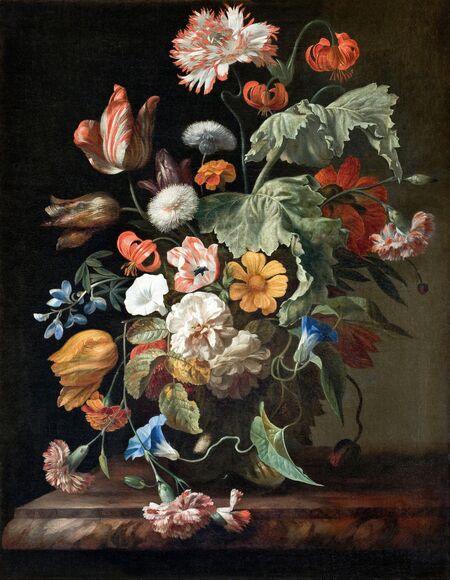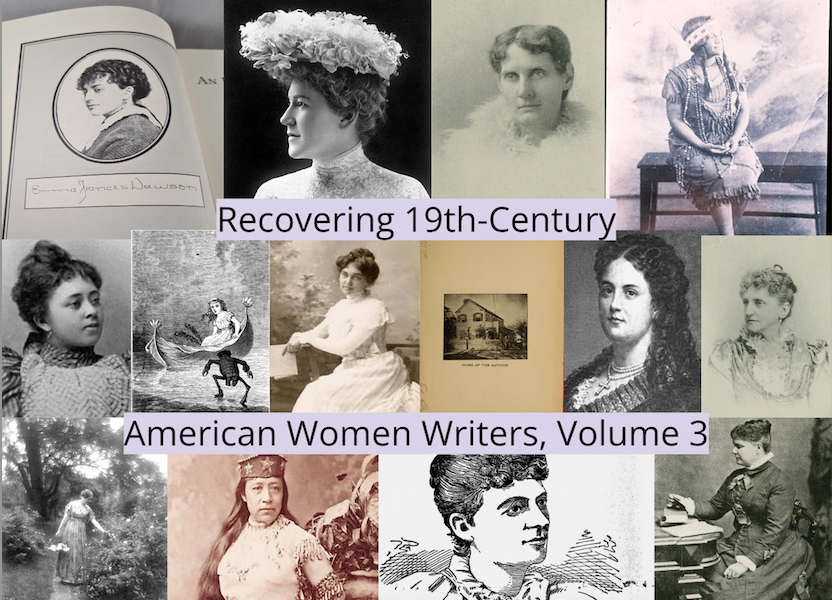Magnolia Leaves is a book of sixty-six poems written by Mary Weston Fordham that was published in 1897 by the esteemed Tuskegee Institute, with an introduction by Booker T. Washington.
https://www.loc.gov/resource/gdcmassbookdig.magnolialeavespo00ford/?sp=1

Who was Mary Weston Fordham?

There is minimal biographical information on her. The only known information is that Fordham was a free person of color from a wealthy Christian family. She was born in 1844 and died in 1905. Fordham courageously created and ran her own school during the Civil War. In 1865 she was offered a job teaching at the American Missionary Association. She taught in Charleston, South Carolina at the Saxon School during the reconstruction period. Fordham was 53 when she published Magnolia Leaves.
https://www.loc.gov/resource/gdcmassbookdig.magnolialeavespo00ford/?sp=7
What is Magnolia Leaves all about?
The Genre
In Magnolia Leaves, Mary Weston Fordham’s first and only book of poems known to the world primarily utilizes the genre of lyric poetry along with genres of elegiac poetry, rhyming poetry, religious poetry, and narrative poetry. She also has an entire section at the end of her book titled “In Memoriam,” with poems about people that have passed on. Fordham’s lyrical elegiac poetry is descriptive, long, and personable. In Fordham’s poem, “To my Mother”, she discusses the loss of her mother.
O, Mother! In anguish I peer through the mists Of a future, so dark without thee; The desert of life hath truly been blessed With an Oasis sacred to thee. And oft to this green spot of beauty I turn, My shrine of affection, my pride; For surely, naught gladdens my heart as before Thou fadest away from my side. (48)
This is one of many lyrical, elegiac poems from Magnolia Leaves and you can tell through them that Fordham has suffered significant losses in her life. She chose this genre for a reason, the reason being that she wanted to express the grief she has had. Lyrical poetry allows the poet to write about feelings and not tell a story. They are often short and concise, but Fordham uses lyrical poetry to give a bigger picture of the human experience.

https://americanart.si.edu/artwork/library-14376
The second main genre of poetry that Fordham uses is narrative poetry. A narrative poem is a form of writing with elements of poetry and storytelling. Fordham uses this genre in some poems in Magnolia Leaves, including “Uranne,” a poem that tells the story of a man, Marco, going off to war, whose wife is named Uranne. The reader can identify that it is a narrative poem because it tells a story from the lens of an outsider and describes this husband and wife’s story about war and its effects on them. The poem tells the story of how Marco must leave for war and doesn’t know when he will return. Uranne struggles to raise her child alone without Marco on her side. She eventually dies and when Marco returns, she is not there but there she was, “upon the longest grave / A beauteous tuft of forget-me-nots / Aha! He cried, my beautiful forget-me-nots!” (44).
In Magnolia Leaves the reader can tell that Fordham has suffered great tragedy and therefore uses religion to ask questions to God through some of her poems. She also uses the religious genre to tell stories of Christianity to help readers understand the important ideas and stories of the bible. These poems include, “By the Rivers of Babylon”, “The Christ Child,” and “The Nativity.”
Why did he die? Ah blissful thought,
When we near death and hell were brought,
He left his Father’s courts above
O, list such amazing love
And died to save.
“The Crucifixion”, Page 36

Fordham has many different styles of writing in her poems and they are both traditional and non-traditional. The traditionally styled poems have themes of religion and nature, they include her poems, “October” and “The Grafted Bud”. These poems show how Fordham utilizes nature to display how she feels about dying and the seasons changing. “The Grafted Bud” helps the reader understand how death is inevitable, we all have to die and can’t live forever. She personifies a human dying with a flower dying which makes it less dark to read. In “October” we read about the seasons changing and how winter always has to come, and how we see beautiful nature slowly disappear for a season.
Then she also includes the traditional style of poetry with religion. Fordham’s poems are not complex pieces of poetry, but rather religious poetry telling the main biblical stories of Jesus Christ. They include the poems of “The Christ Child” and “The Nativity”. Both of these poems tell the story of the birth of Jesus Christ and how important his birth was to the people of Bethlehem. These poems were written in simple form so that they could be read to children.
https://www.artsy.net/article/artsy-editorial-van-gogh-okeeffe-art-historys-famous-flowers
Lastly, there were her non-traditional poems of a working-class woman, “The Coming Woman”, and the story of an Irish immigrant on the sea to home, “Song to Erin”. Both of these poems represent the non-traditional themes in Magnolia Leaves. “The Coming Woman” represents Fordham’s beliefs of how there can be a working wife and a husband who stays home with the children. The words used in the poem show how a woman can be bossy too. In “Song to Erin”, Fordham wanted to represent a woman who is not often seen in poetry, especially in America. An immigrant from Ireland who has struggled with death, and has seen people be oppressed, like Fordham has. In these poems, we can see that Fordham’s themes include nature representing life, religion being taught to children, woman as breadwinners, and immigrants from Ireland deserve a better life.
The Coming Woman
All ready? Now, while I am eating,
Just bring up my wheel to the door;
Then wash up the dishes; and, mind now,
Have dinner promptly at four;For tonight is our Woman’s Convention,
And I am to speak first, you know—
The men veto us in private,
But in public they shout, ‘That’s so.’So ‘by-by’ – In case of a rap, love,
Before opening the door, you must look;
O! how could a civilized woman
Exist, without a man cook. (74-75)
Why should Fordham be recovered?
She is worth recovering because of who she was in her life. She was a mother, wife, and teacher to many, and she had a very different life from other African Americans in the South in the 19th century. There is also nothing actually written on her by scholars, which is why she needs to be recovered. While some of these poems are traditional, they focus on universal themes such as death, loneliness, nature, and being sentimental about the past. People who have dealt with these issues or topics will be interested in those poems specifically. Especially since 2020, there are great poems in Magnolia Leaves that can be something to lean on. I think that in a new recovery of this text, the book of poems can be split into different mini-books with sections for each topic for people to read and recover individually.
The link to Magnolia Leaves! It is the original print which is pretty amazing!
References
“Mary Weston Fordham.” Poetry Foundation, Poetry Foundation, https://www.poetryfoundation.org/poets/mary-weston-fordham.
